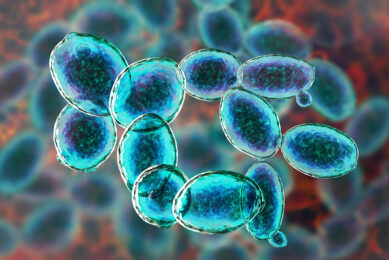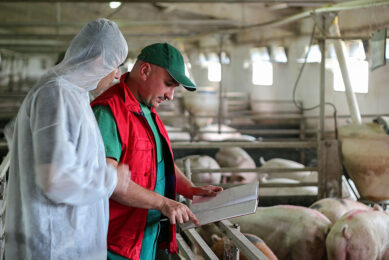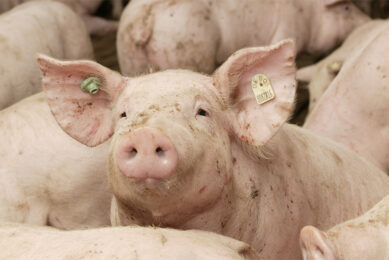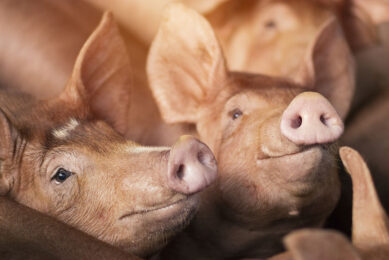Lawsonia control: current and future interventions
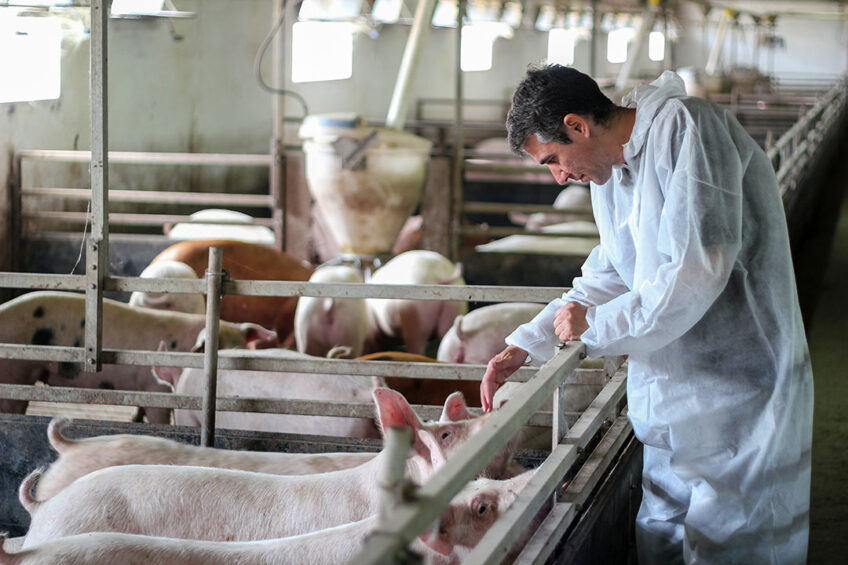
Ileitis – caused by Lawsonia intracellularis – severely impacts herd health and farm profitability. In this third article of the Lawsonia series, the focus is on conventional control methods as well as more innovative interventions that can be applied today.
When an on-farm outbreak of ileitis occurs, the focus for veterinarians and swine producers is to achieve control as rapidly as possible. The quickest solution is to use antimicrobials. As with other bacterial infections, selecting the appropriate antimicrobials to treat infection requires the use of in vitro antibiotic susceptibility results.
However, isolating L. intracellularis from faeces or an infected intestine is extremely difficult and only few labs can do so. To date, it is estimated that less than 25 pure cultures are successfully isolated and maintained in vitro. In addition, the obligate intracellular nature of
L. intracellularis prohibits the use of standard antimicrobial susceptibility testing methods. It requires the diagnostic lab to maintain the same complex technique. Consequently, it is not realistic to think that L. intracellularis can be isolated and tested for its susceptibility in a timely enough fashion to guide the practitioner in the choice of antimicrobial substance to treat an ileitis outbreak.
Antimicrobial selection guide
Antimicrobial susceptibility tests have been performed for approximately half of all available pure L. intracellularis isolates around the world. They report 2 different minimum inhibitory concentrations (MIC).
Firstly, the “extracellular MIC”, reflecting the ability of a given concentration of an antimicrobial to inhibit bacterial growth when bacteria are free in the gut lumen. Secondly, the “intracellular MIC”, reflecting the ability of a given concentration of an antimicrobial to inhibit bacterial growth when bacteria have infected the epithelial cells. The 2 MIC values are intended to guide antimicrobials selection in, respectively, preventative or curative scenarios.
It has been shown that in vitro antimicrobial activity against . L. intracellularis varies according to the region of outbreak and the time of bacterial isolation. Each strain of L. intracellularis has its own antimicrobial activity pattern.
Although antimicrobials display rapid efficacy on treatment and give control of ileitis in swine, their use requires their continuous incorporation into feed or water in order to prevent re-infection. In addition, an increasing body of science suggests a negative impact from the use of antimicrobials in relation to pig microbiota, and the routine use of antimicrobials fuels the development of antimicrobial resistance, a growing threat for the health of humans and animals.
Prevention through vaccination
Currently, live attenuated and inactivated bacterin-based L. intracellularis vaccines are commercially available. They improve growth performance in pigs during nursery and grower-finisher phases and reduce bacterial faecal shedding.
The inactivated ileitis vaccine protects normal gut barrier functions while also reducing both the incidence and severity of clinical ileitis. This type of vaccine can be used in parallel with antibiotics to control L. intracellularis and other pathogens at the same time. Despite being registered for use in combination with other vaccines, individual pig administration via a parenteral route is still necessary.
The modified live vaccine is recommended for administration by an oral route via the drinking water, drench, or liquid feed, making it possible to vaccinate a group of pigs at the same time. The advantage of this type of vaccine is that local immunity is stimulated at the site of infection, which mimics the natural infection. Interestingly, oral live vaccination leads to an increase in the abundance of (beneficial) butyrate-producing bacteria, Clostridium butyricum, compared to non-vaccination results, and reduces unwanted pathogens such as Collinsella, Fusobacterium, Bacteroides and Campylobacter. The use of this vaccine requires the withdrawal of antimicrobials in feed or water three days before and after applying the vaccine, which can be an unwelcome feature for veterinarians.
Prevention through nutrition
The use of nutrition to prevent health issues is becoming more standard in the quest to seek alternatives to antimicrobials. Prebiotics, probiotics, postbiotics and other immune stimulant feed supplements can be used to enhance bacterial richness and diversity in the gut health of pigs, reducing the chance of a colonisation or reinfection of L. intracellularis and other enteric pathogens, causing the disease to have a reduced impact.
Apart from its role in providing nutrient to its host, the pig’s gut microbiome plays a critical role in regulating its immune system development and helps maintain epithelial integrity, preventing bacteria invasion. It also provides colonisation resistance against pathogens, consumes available nutrients and produces antimicrobial substances to control the growth of pathogenic bacteria.
Adding the probiotic Bacillus pumilus to feed has been shown to shift the microbial structure and taxonomic profile, resulting in a reduction of L. intracellularis shedding. The proposed mechanism could be due to the existence of a direct colonisation resistance pathway of probiotic bacteria with L. intracellularis, the production of metabolites or the establishing of a balanced microbiome as a protection against L. intracellularis or other enteric pathogens.
Postbiotics are preparations from dead micro-organisms and/or their components that confer a health benefit on the host. Postbiotics are considered an interesting candidate for the control of enteric pathogens due to their positive effect on the gut microbiome.
For example, Lactobacillus fermentate supplementation increases bacterial richness in weaned pigs. Lactic acid, bacteriocins and short-chain fatty acids play a role in protection against pathogens. Therefore, manipulating the gut microbiome with probiotic, postbiotic or other feed supplements might promote colonisation resistance to L. intracellularis infection.
Conclusion
Antimicrobials provide a rapid and effective way to limit the impact of ileitis on pig welfare and farm profitability. However, given the increase in public concern surrounding the use of antimicrobials in food-producing animals, long-term control of L. intracellularis should be achieved by using enhanced biosecurity measures and sustainable interventions. Prophylactic vaccination has been proven to be effective. In addition, raising resistance and resilience to the disease by improving gut health can also be done via a range of nutritional solutions.
The upcoming (and last part) of this article series will elaborate on this new approach as part of an effective strategy for L. intracellularis management.
This article is the third in a series about Lawsonia intracellularis, which is published in cooperation with Phileo by Lesaffre.
References are available on request.



